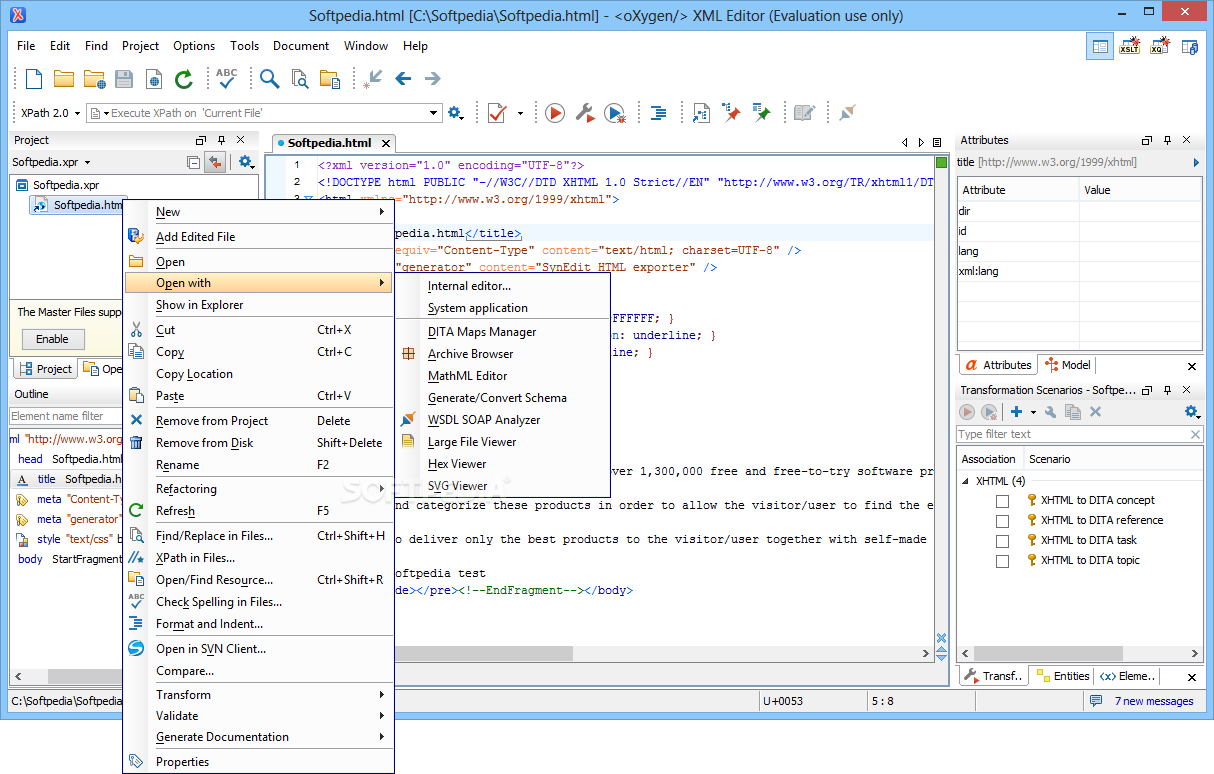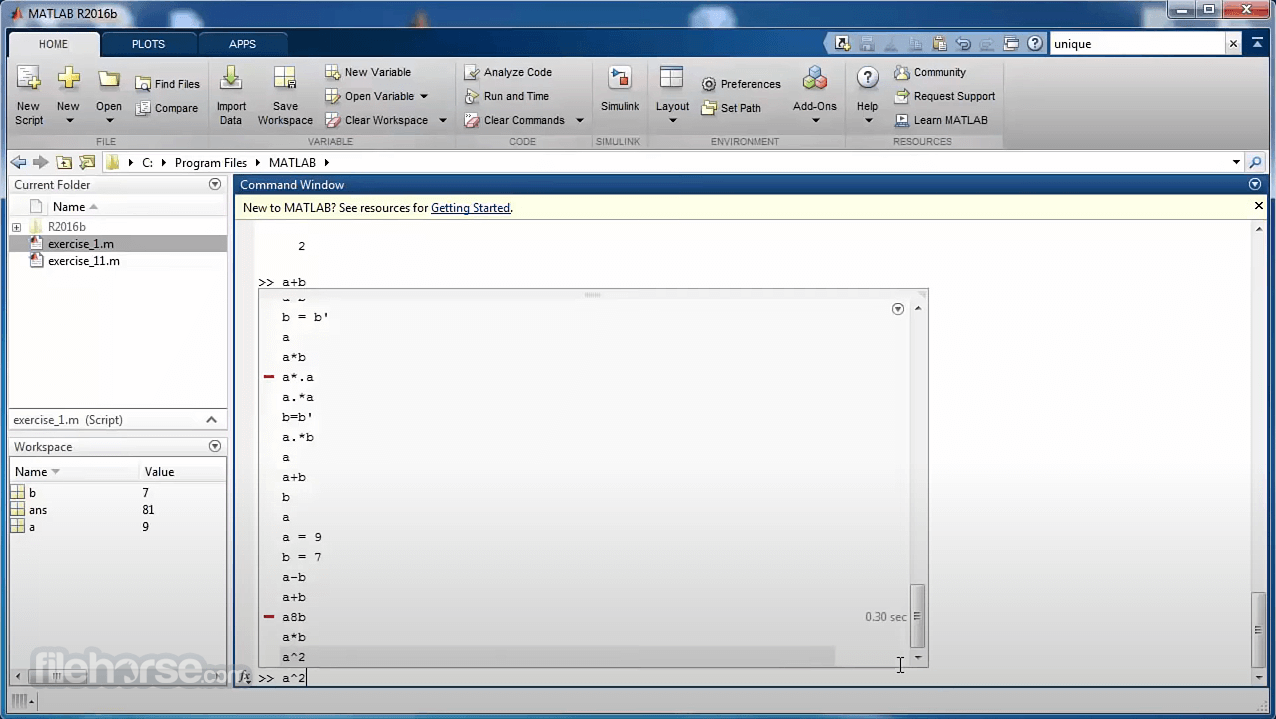
Save the structogram puzzle in this version. When puzzleed together puzzle pieces fit only if they are the right size. The puzzle elements retain the original shape in width and height. To do this, call up the puzzle mode in the context menu of the structogram.Įxtract the structogram elements from the complete structogram, leaving the original space as an empty placeholder. To create a structogram puzzle, start with the solution, which must consist of a single algorithm-structogram. The puzzle mode allows you to create interactive structogram puzzles, in which the students create a complete structogram from puzzle pieces.
#Java editor download code#
The Java-Editor saves the necessary extra window and shows the structure in the source code by according indenting of the appropriate variables.

In other development environments the structure of the graphical user interface is presented as a tree. The gui form has a context menu for editing the components. With the symbol of a source code window you open and arrange the gui form. The source code is synchronized accordingly. You can then position the GUI component and configure it with the Object Inspector. Alternatively, drag and drop a GUI component from a tab onto your GUI form. To place a GUI component, first click its icon in an AWT, Swing, or FX tab and then click the GUI form. So the gui-designer of the Java-Editor uses absolute positioning with which you can design your layout rather quickly.įor creating a gui form you click in the program register on one of the six symbols: Frame, Dialog, Applet, JFrame, JDialog or JApplet. Pupils really don't like that, because it's much easier to drag&drop gui-components to the desired

It's rather difficult to design graphical user interfaces if you use layout managers. After testing your model in the uml window you can use it in a console or GUI program.


 0 kommentar(er)
0 kommentar(er)
